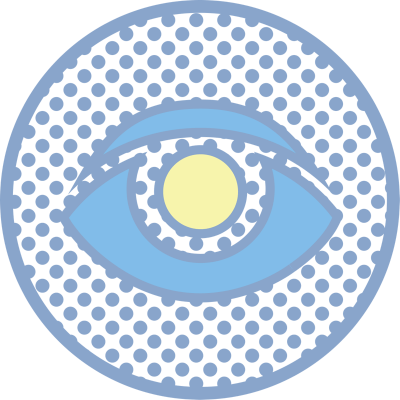Orbit

What is Orbit?
Orbit refers to the eye-socket (the cavity in the skull that holds the eye) and the surrounding structures. Diseases of the Orbit may arise from within the eye-socket or might be a secondary condition arising out of an existing illness. While some of these issues could be cosmetic, quite a few of orbital problems might affect the regular functioning of the eyes. There’s sure relief for these conditions and oculoplasty is a cosmetic/reconstructive surgical procedure that comes to the rescue of patients with eye orbit problems.
Orbit – things that can’t be overlooked
It’s quite natural to admire those almond-shaped eyes of your child for hours. However, not all people in the world are lucky to have those perfectly shaped eyes. Some of us may have problems like drooping eyelids, protruding eyes, inurned eyelashes, etc. Earlier, people would have to live with these malformations. However today, there are state-of-the-art treatment options that can rectify the issues. It is extremely important to identify the underlying cause for, all you know there could be a tumor down below that’s pushing out the eyes.

Orbit – issues that matter
Complications of the eye orbit could vary anywhere from a simple twitching to the development of infectious cellulitis and orbital tumors. Some of the common symptoms associated with issues related to the orbit of the eye include swelled-up eyes/eyelids, painful eye movement, reddish/purple eyelids, formation of eye bags under the eyes and pain near the eyebrows. The moment you notice one or more of these symptoms, rush to your doctor’s office without delay.

Did you know?
In thyroid eye disease the muscles and fatty tissues within the eye socket (orbit) become swollen, pushing the eyeball forward and affecting the movements of the eye. There are strong superstitions associated with the twitching of eyelids. However, ophthalmologists attribute it to increased stress, anxiety, sleeplessness and excessive consumption of caffeine.
Oculoplasty – reconstructing for the better!
Oculoplasty gives a ray of hope for patients that have orbital deformities. Most of these would require surgical corrections and ocularists generally perform these surgeries along with neurologists and plastic surgeons. There may also be situations when the eye will have to be completely removed, like for instance, at an advanced stage of cancer or an accident. An empty eye socket could be quite traumatizing for the patient. In such scenarios, an artificial eye (ocular prosthesis) can be implanted to improve the patient’s psychological condition.
The department of Orbit & Oculoplasty at Dr. Agarwal’s offers comprehensive treatment to various problems affecting the orbit of the eye. Thorough investigations that check for dry eyes, double vision, protrusion, eye movements, etc., are done before determining the course of treatment. Patients that need a surgical correction or ocular prosthesis are counselled well by an expert team of doctors.
FAQ
What is the primary function of the orbit in eye anatomy?
What structures are located within the orbit?
How does damage to the orbit affect vision?
What are common conditions associated with the orbit?

Contact Us
We'd love to hear from you. For feedback, queries or help with booking appointments, please get in touch.
Registered Office, Chennai
1st & 3rd Floor, Buhari Towers, No.4, Moores Road, Off Greams Road, Near Asan Memorial School, Chennai – 600006, Tamilnadu
Mumbai Office
Mumbai Corporate Office: No 705, 7th Floor, Windsor, Kalina, Santacruz (East), Mumbai – 400098.
9594924026